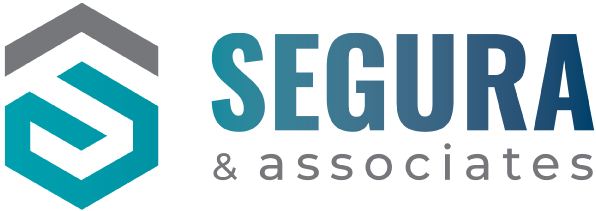The following is part of an interview with Ron Segura about his work improving cleaning operations at the Walt Disney Company
Ron Segura has over 45 years of experience in all segments of the professional cleaning industry. In 1991, he was called in to help media giant, The Walt Disney Company, tackle many issues the company was grappling with regarding their cleaning staff and service. This included low worker morale among the cleanup crew; high absenteeism; poor communications between Disney company managers and the cleaning staff; and a host of supervisory issues, just the name a few.
Complicating matters was the fact that the Disney facility, situated in Burbank, CA (US) is a vast complex, at more than four million square feet. Further, the facility, as well as many of its building occupants, were what could be considered, “high profile” people, meaning they were well-known in the entertainment industry and had very high expectations on the appearance of the facility.
Cleaning the complex required more than 100 cleaning workers, plus two outside vendors were brought in as well.
During his ten years with the company, Ron was able to accomplish the following:
- For nine consecutive years, the costs of cleaning the more than four million square feet Disney facility was under budget, and this was accomplished even with budget reductions made by the company.
- Develop a recycling program which was still in its infancy
- Update the Scope of Work (SOW) for all the facilities; the scope of work is a formal document that outlines all the cleaning related services needed for the complex, frequency of services, in some cases types of cleaning equipment, solutions, and tools required for cleaning, and other pertinent issues. The SOW serves as the basis for a request for proposal.
During the ten years as head of facility management, various green and sustainability initiatives specific to cleaning were implemented, such as the following:
- The number of cleaning products used in the facility was reduced from more than 40 to just ten. This simplified ordering and reduced the number of cleaning products that had to be packaged and delivered to the facility and helped make training easier.
- HEPA and high-filtration vacuum cleaners were introduced to protect indoor air quality
- While a variety of green cleaning solutions were tested, in the early 1990s, these products did not meet necessary performance requirements; however, proportioning systems were installed to make sure there was no chemical waste, and only the appropriate amount of cleaning solution was used for all cleaning tasks
- Programs to reduce both carpet cleaning and hard floor stripping and recoating cycles were introduced. Excessive carpet cleaning and floor care are disruptive to a facility and because of some of the cleaning solutions available at the time, was also considered environmentally unfriendly.
- Recycled paper products were selected, further helping to cut the facility’s environmental footprint.
- “Working with Disney was one of the biggest challenges and opportunities of my professional life,” says Segura. “Many issues had to be addressed, including earning the respect and confidence of the custodial crew. Once that happened, most of the other issues were much easier to tackle.”

